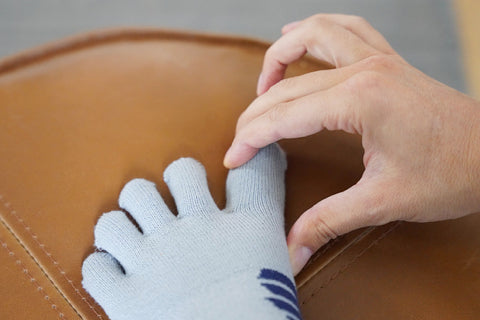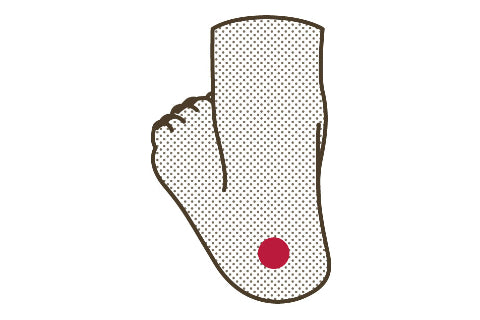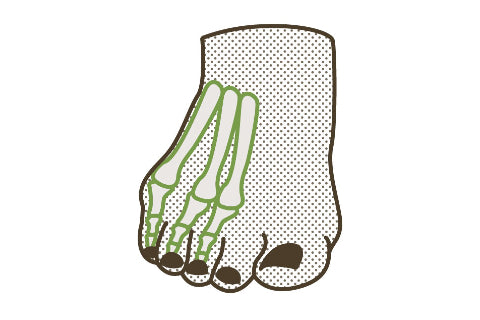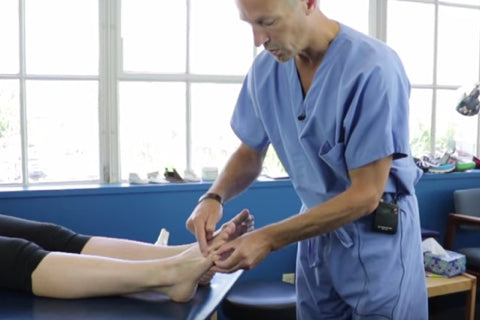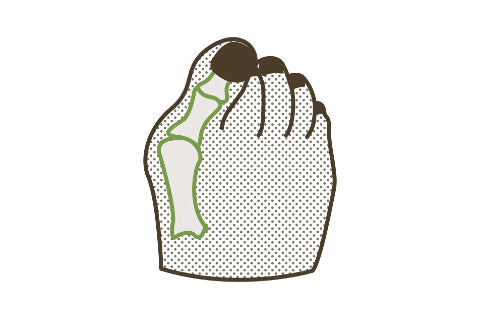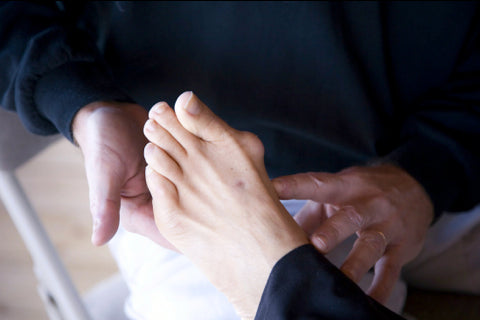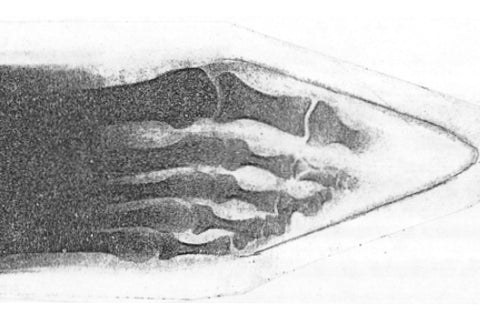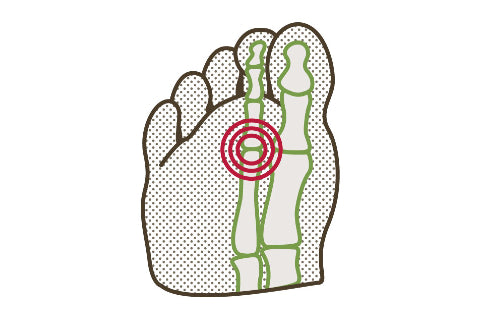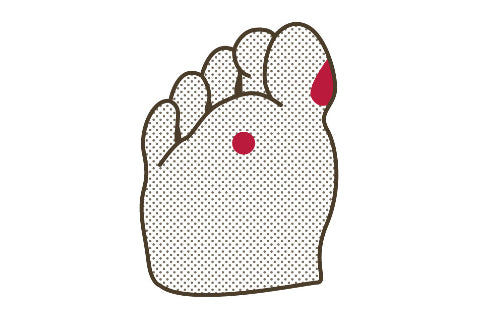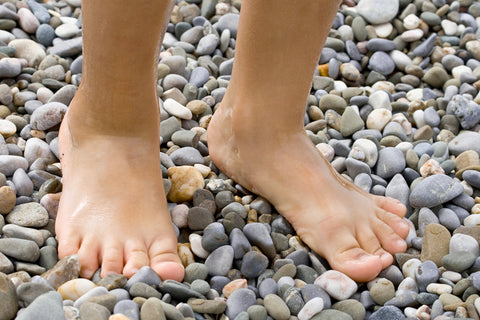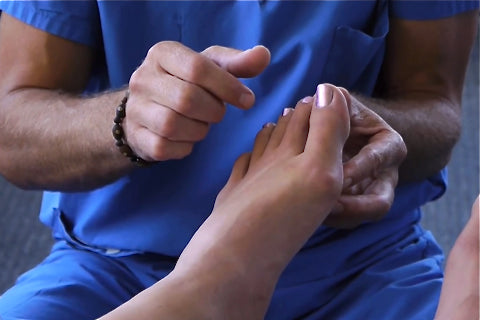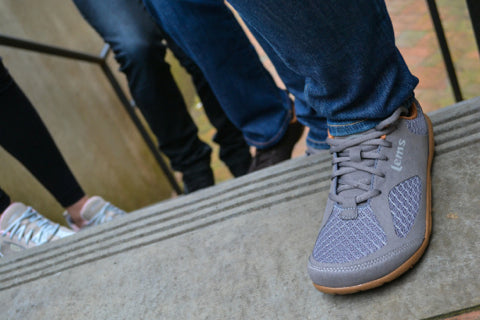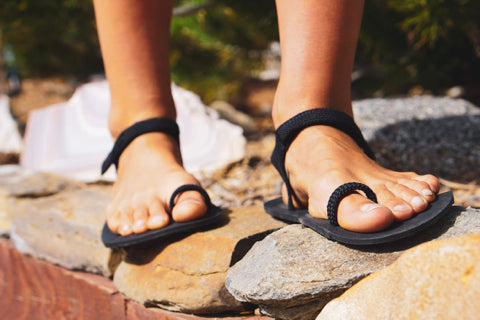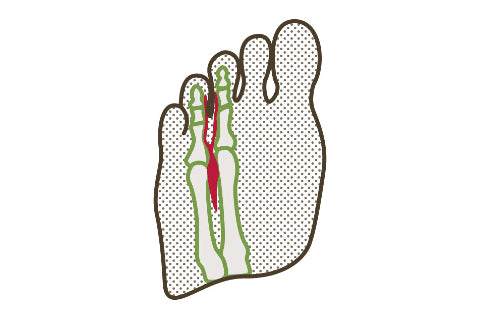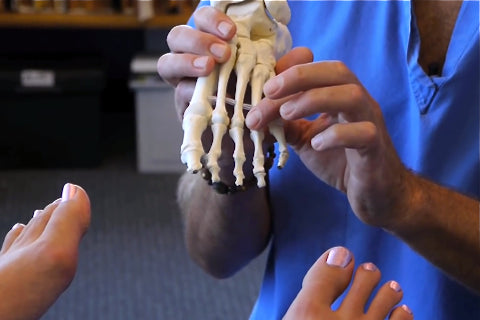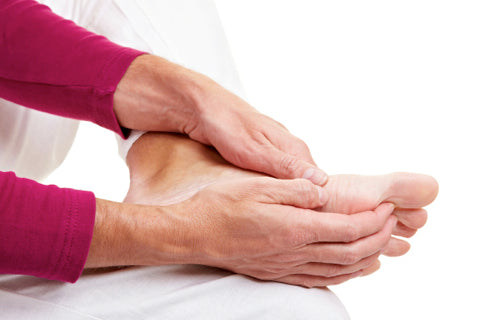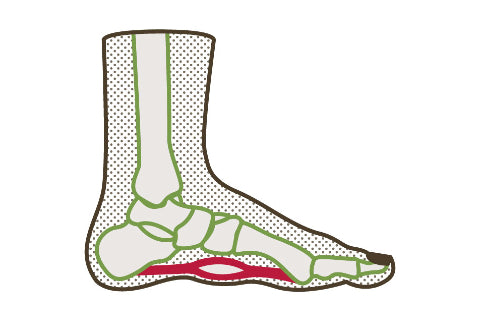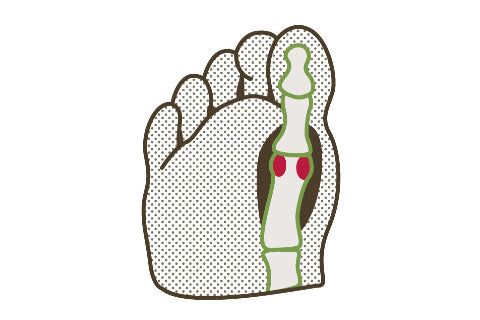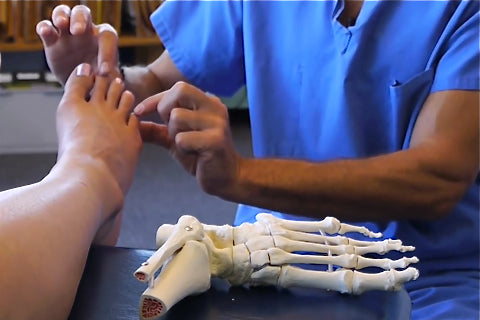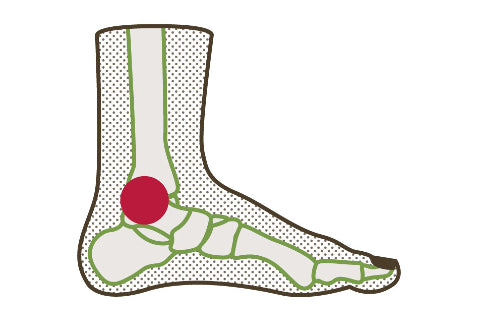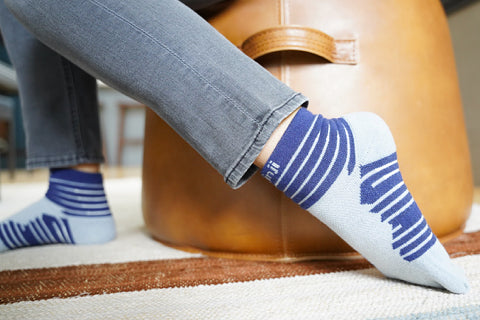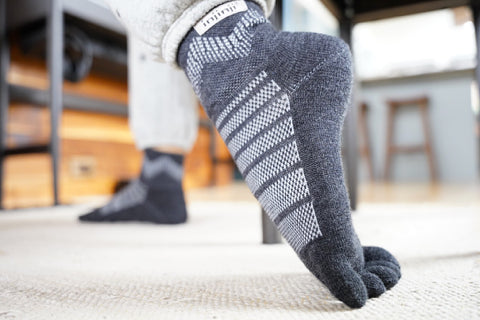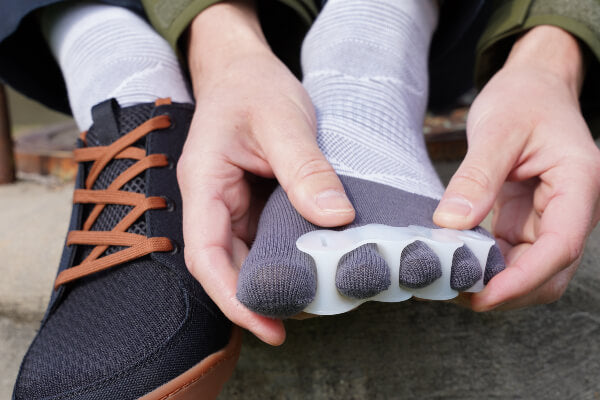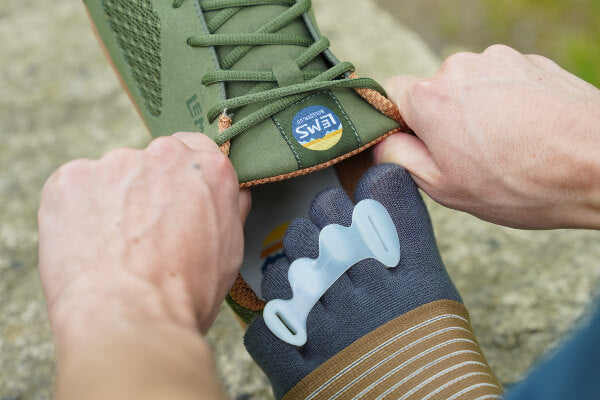
Outer foot pain is a symptom that may occur in runners, especially runners who record high weekly mileage or who use conventional athletic footwear. Numerous factors may contribute to outer foot pain in runners, including running shoes that contain injurious design features, excessive training (i.e., overtraining), an insufficient warm-up, and poor nutrition. Outer foot pain, while potentially debilitating for runners, typically responds to natural, noninvasive, and conservative therapies, such as...
Read more
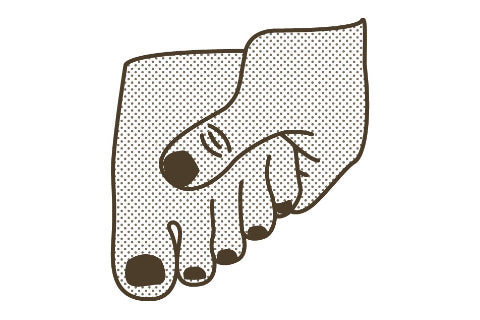 Arthritis, which literally means “joint pain,” is one of the leading causes of disability among Americans. Arthritis, including arthritis in the foot, toe, and ankle joints, can occur at any age, though certain types of arthritis may be more common in older or younger individuals. There is no cure for this health problem, though there are many treatment options available. Treating arthritis in its early stages may allow a person...
Read more
Arthritis, which literally means “joint pain,” is one of the leading causes of disability among Americans. Arthritis, including arthritis in the foot, toe, and ankle joints, can occur at any age, though certain types of arthritis may be more common in older or younger individuals. There is no cure for this health problem, though there are many treatment options available. Treating arthritis in its early stages may allow a person...
Read more


